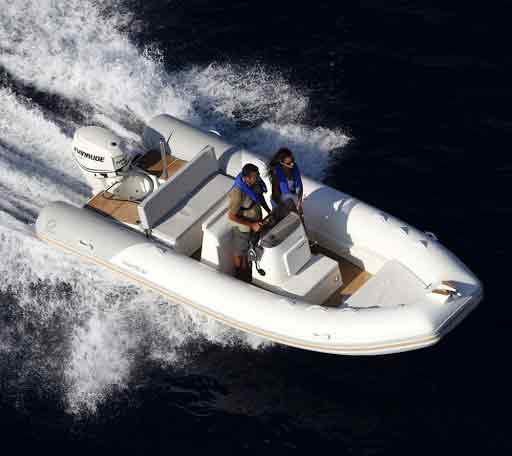DANGEROUS PLACES ON A BOAT
DANGEROUS PLACES ON A BOAT
If we study ourselves a little while we live our life on earth we will realize
that a large part of it is lived on autopilot. The body gets up, pees
he washes his face, eats breakfast, brushes his teeth… etc. But while the body performs these acts
our head is on its own, planning, lamenting, yearning, hating…
Where did I leave the keys? Did I turn off the light? These are typical questions we ask ourselves with
too often, as a result of not putting our heads into what we do, by force
that what we do has become routine. On land, this attitude is not exempt from
certain danger (here it goes, I ran the red light while I was thinking about how to pay the
letter!), but in general we do not take great risks. But on a ship, on which we do not have
habit of moving, it is convenient, for our own good, to pay attention to what we do, or what
Otherwise we are going to give ourselves enough blows. We can even find ourselves in situations
dangerous.
On a boat it is not convenient for us to move by impulse, in a reactive way. better
think beforehand what is going to be done and “be present” in the action.
WALK THE BOAT. The deck of a ship has areas where you can step on
without problems, but there are also slippery areas, pulleys, ledges, different
levels…etc.
If you have to move around the deck, it is best to wear shoes, especially if you are going to participate
in some maneuver. The areas that do not have anti-skid are fascinating skating rinks
for bare and wet feet. But also, it is very, very easy to hit yourself
a finger against a cleat or a pulley, not being very difficult to break a
finger. The best thing, therefore, is to wear footwear that protects the entire foot and has a sole.
non-slip Or a “nautical”.
It should be remembered that, being on a boat, in addition to the beginner-hunting obstacles,
the cover moves. When moving around the ship we have to keep in mind the following
points:
- Watch where we’re going. See obstacles both on the ground and higher up, such as
shrouds, boom, sheets… - Keep the center of gravity low. Walk with your legs slightly bent. So we have
more stability - Go holding on with one hand. Always remember: “one hand for you, the other for the boat”
- Always move along the windward side, that is, the highest, so in case of
trip and fall, we fall into the boat and not into the sea.
If you have to move around the deck at night, or in difficult weather (or better in
any circumstance), it is mandatory to use safety harnesses and safety lines.
lifetime. A bad trip, a loss of balance will not end with the crew member in the water,
also in a situation in which the collection can be complicated.


